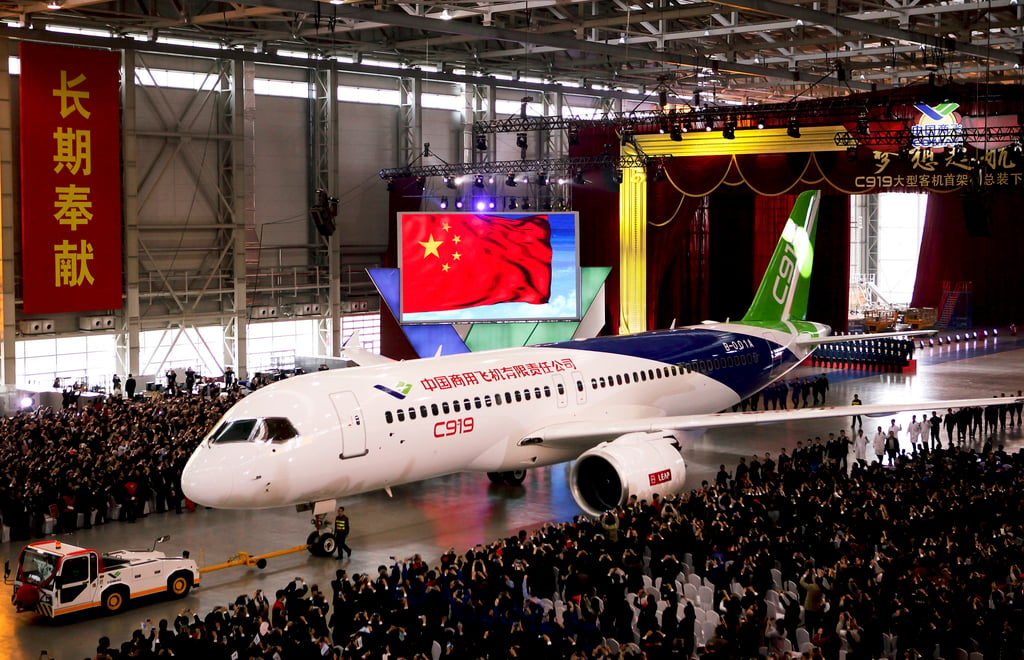Advertisement
Macroscope | China’s first home-grown passenger plane C919 sets its economy on a new path
- The C919 is a sign of China’s ongoing transformation into a high-value and innovation-led economy
- It also highlights China’s growing global competitiveness in hi-tech development
Reading Time:3 minutes
Why you can trust SCMP
13

As another Covid-ravaged year winds down for a staggering global economy, it is timely to look at a positive event. This is the recent news from China that China Eastern Airlines has taken delivery in Shanghai of the very first indigenously developed and produced passenger jet airliner. The C919 from Commercial Aircraft Corporation of China (Comac) is expected to go into commercial operation in the spring of 2023.
This news is important for several reasons. First, it marks not only the start of China’s mass production of “home-produced” aircraft, but also the advancing global competitiveness of Chinese industrial enterprises in hi-tech sectors, such as aerospace.
Second, it sets down a competition marker from a new kid on the block for other airline producers. Third, it indicates the rapid development of China’s own supply chain, as well as its quality and resilience.
The development of important products like passenger jet airliners should be viewed from the twin perspectives of both practice and theory. From a practical standpoint regarding business and management, there are two key observations to be made.
First, such developments as this can be seen as the fruits of the government’s “Made in China 2025” 10-year-plan launched in 2015. This programme was introduced to help drive the shift from traditional low-wage manufacturing and reliance on foreign technology imports to a more hi-tech, high-productivity economy with indigenous innovation.
Crossing over to the other side of the industrial divide would assist in creating companies that could catch up to and surpass those in the West and compete globally in 10 hi-tech sectors, including aerospace engineering. This transition was to be achieved via government subsidies and mobilisation of state-owned enterprises.

Advertisement
